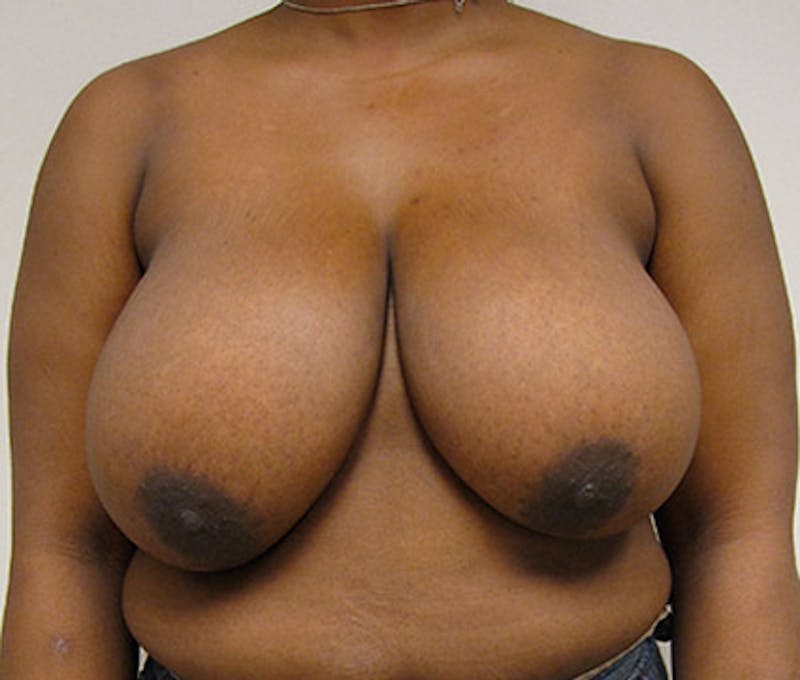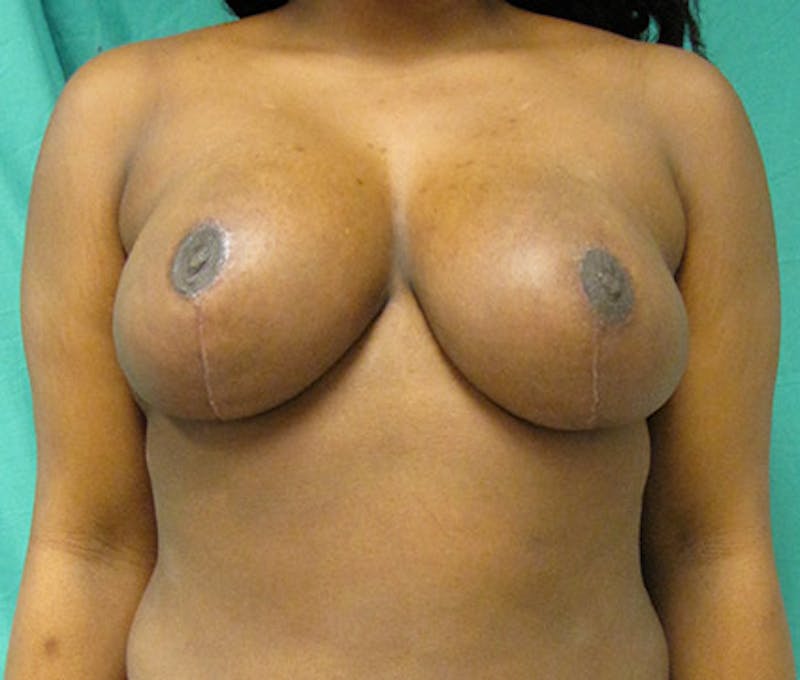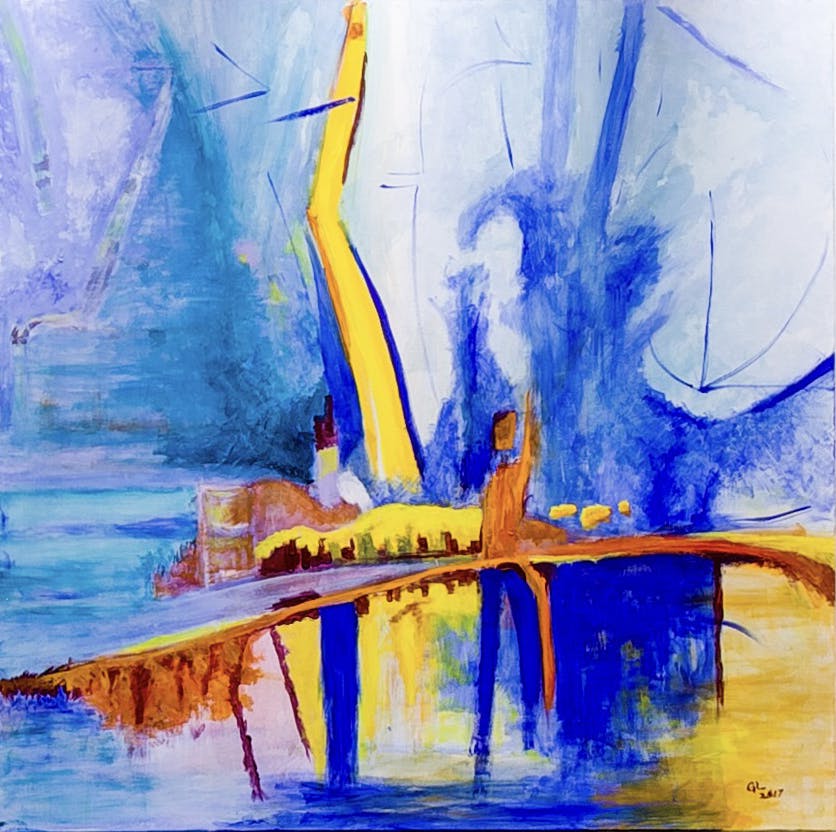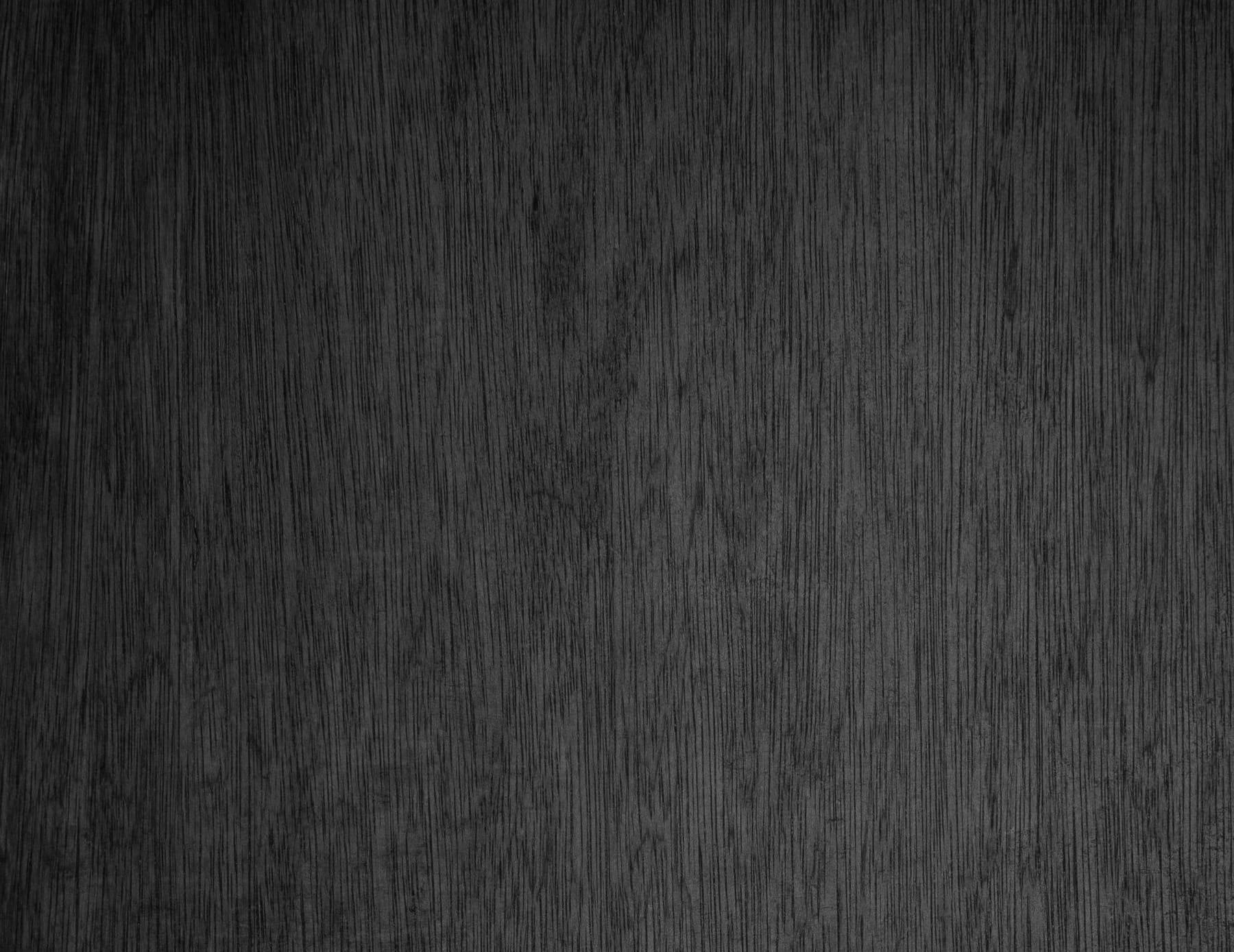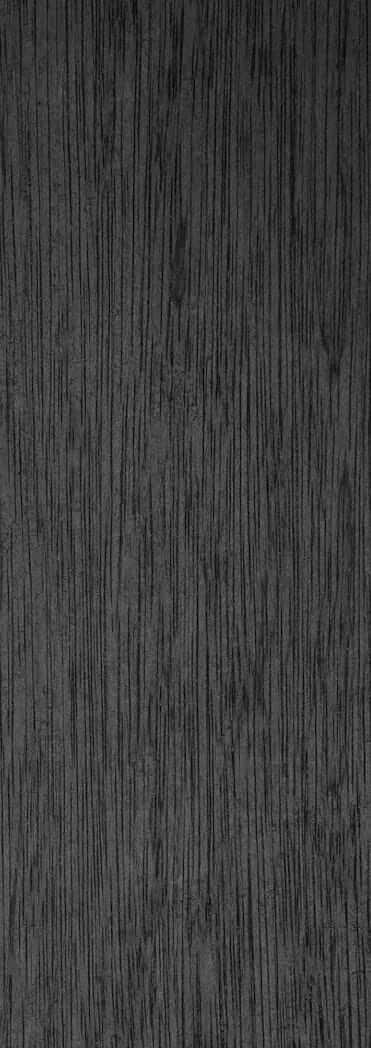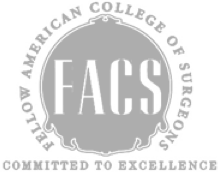Experience relief and renewed confidence with a personalized breast reduction in Miami by Dr. Joshua Lampert. This transformative procedure reduces excess breast tissue and reshapes the chest for a more balanced, comfortable, and proportionate figure. A breast reduction in Miami can alleviate physical discomfort, improve posture, and expand clothing options, all while enhancing your natural contours. Dr. Lampert combines surgical precision with an artistic eye to deliver results that align with your lifestyle and goals.
Choosing a Breast Specialist for Your Procedure
Breast reduction, or reduction mammoplasty, reduces the size of the breasts by removing excess fat and breast tissue, tightening internal breast structure, and relocating the nipple structure to a higher, more aesthetic position on the breast.
Excess skin is removed, and if necessary, the size of the areola is reduced. The result is a better contour and natural-looking breast that is proportionate with the rest of the body.
Dr. Lampert has performed thousands of plastic surgery procedures and cautions women considering this procedure to choose their surgeon very carefully. Breast reduction surgery is complex. The skin laxity, breast tissue density, and blood supply within the breast must be respected to retain the overall integrity of the breast and achieve an aesthetically pleasing result. Breast reduction takes a keen artistic eye as well as adroit surgical skill to produce beautiful and natural results.




